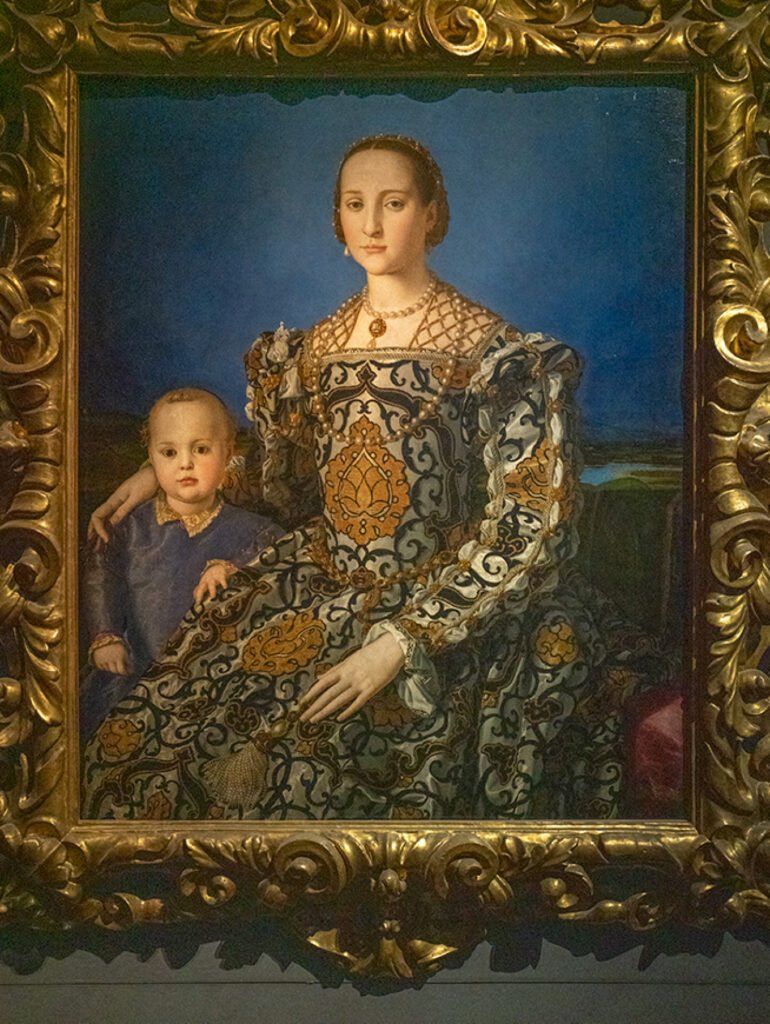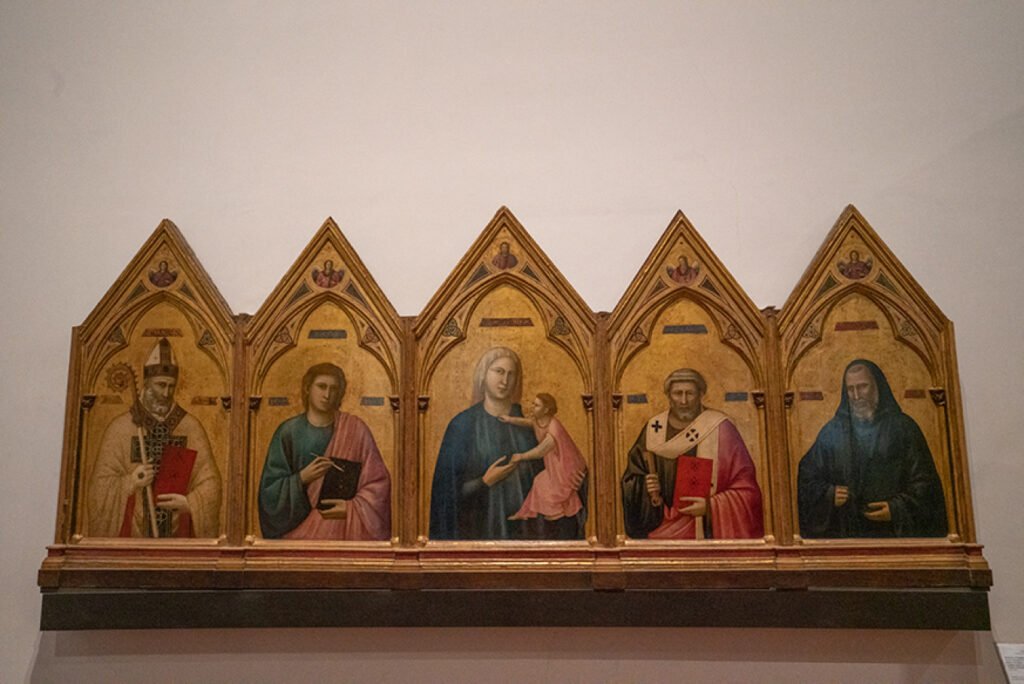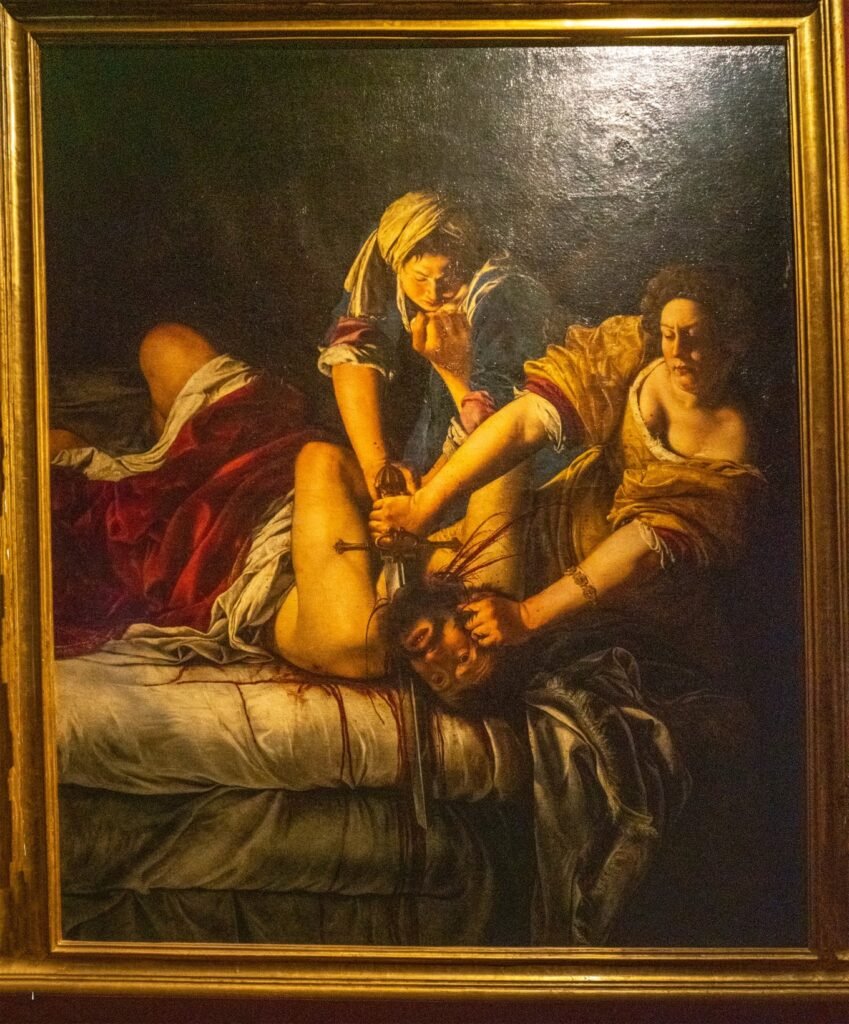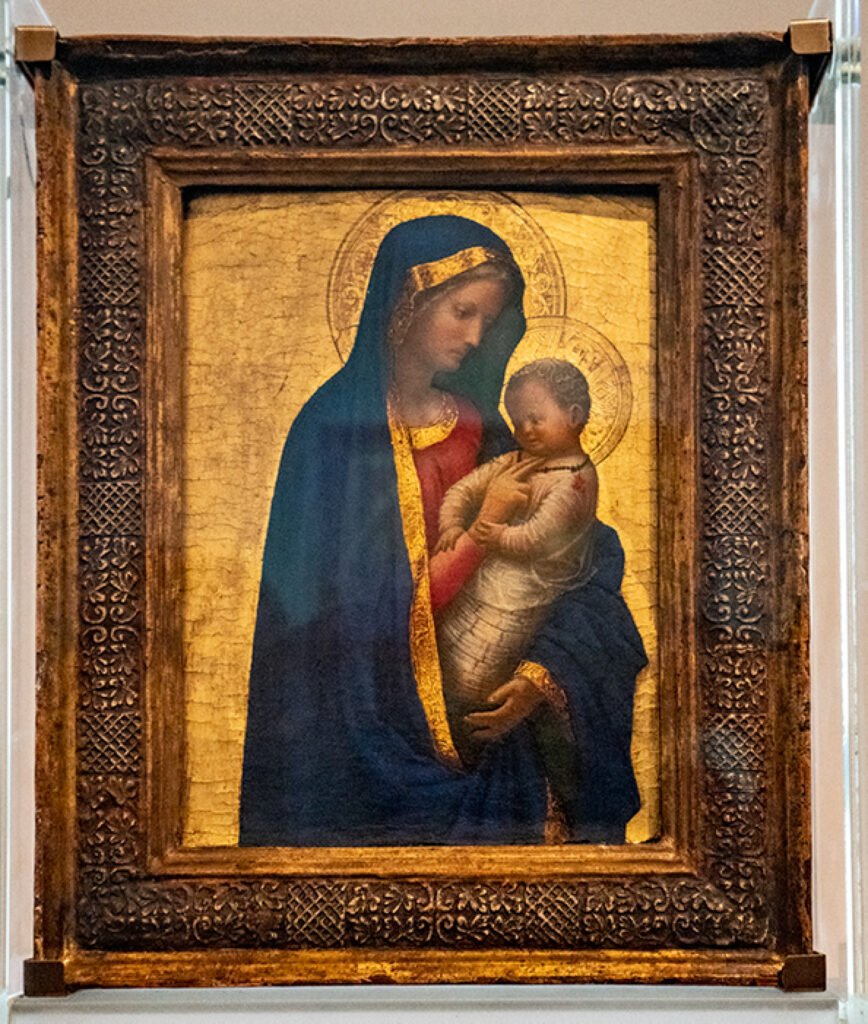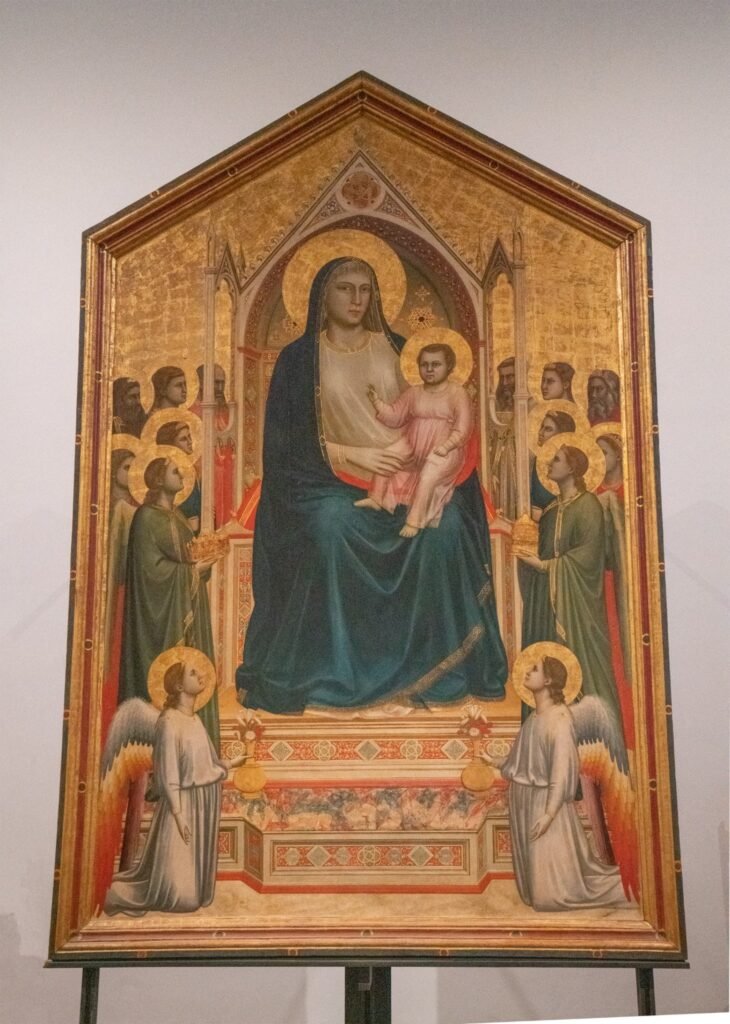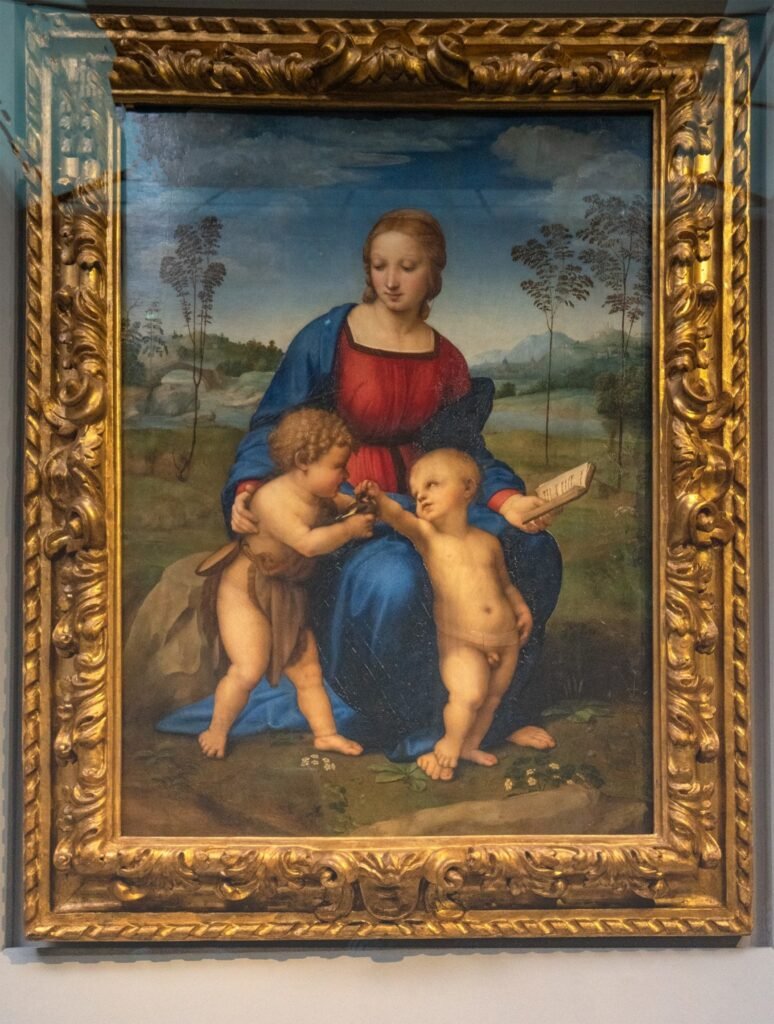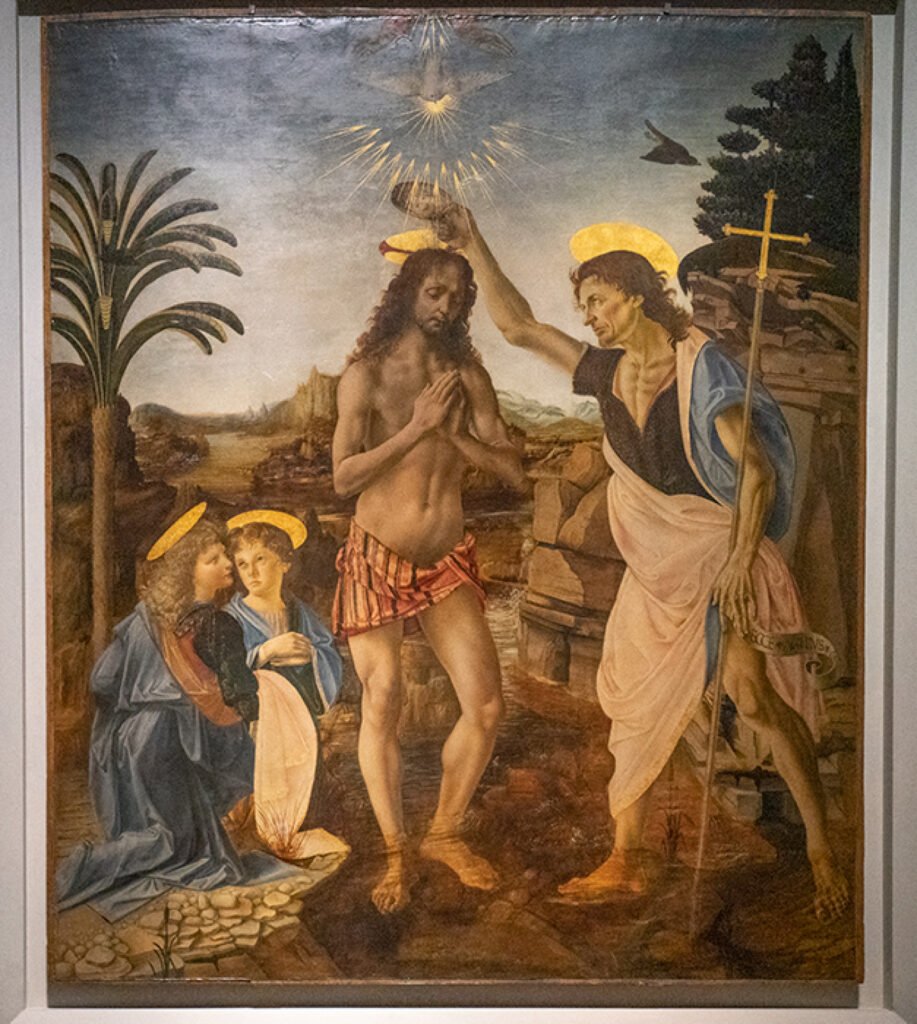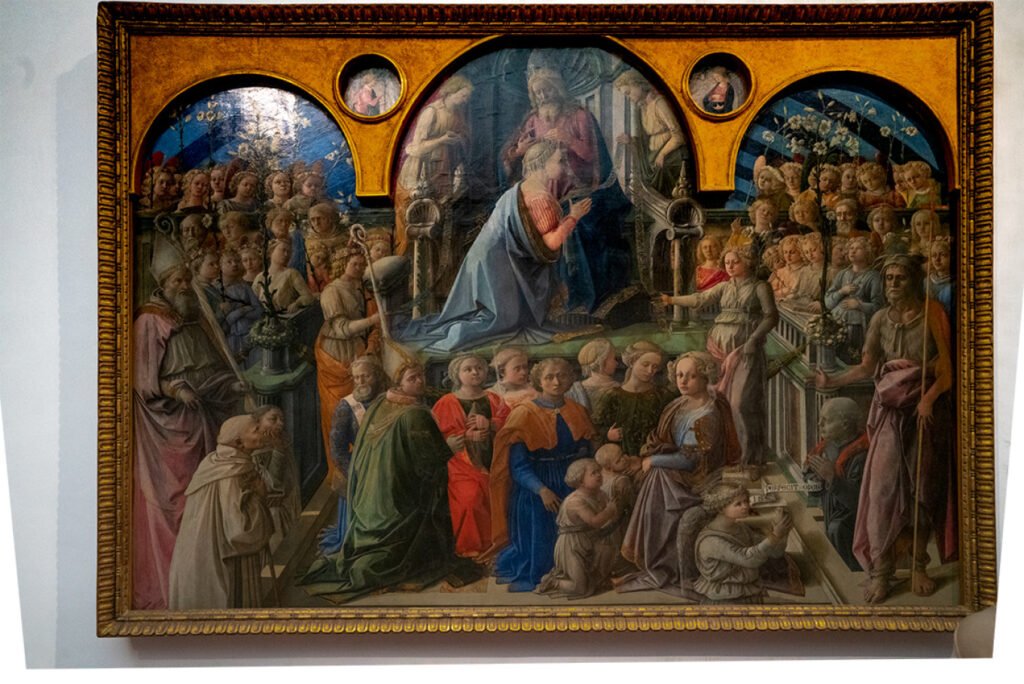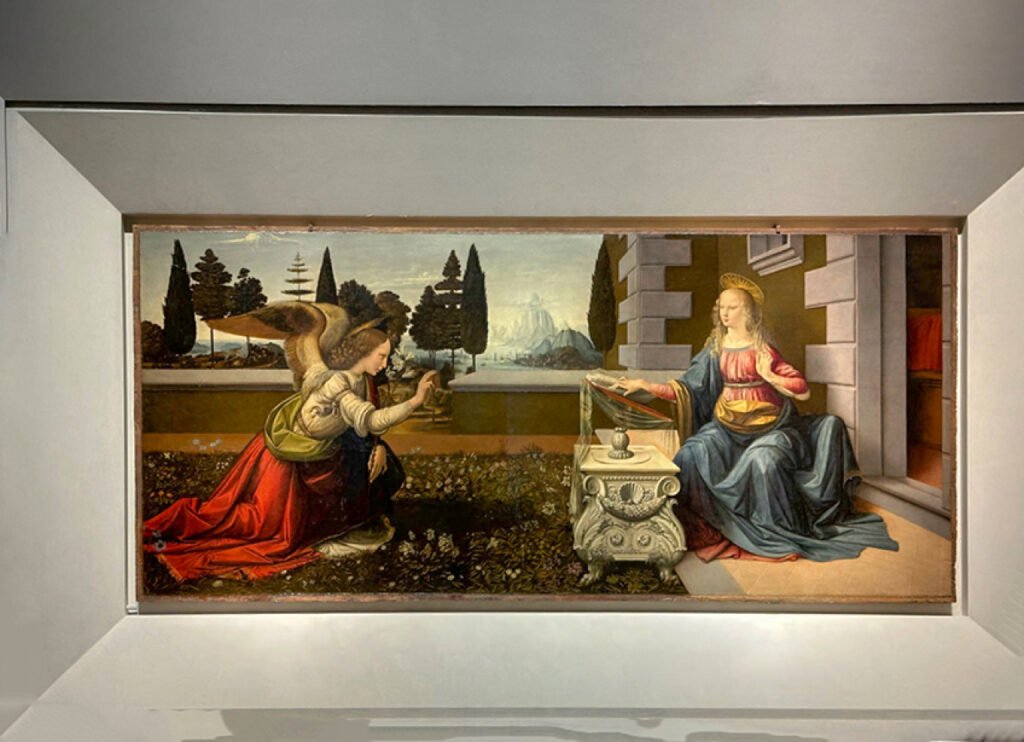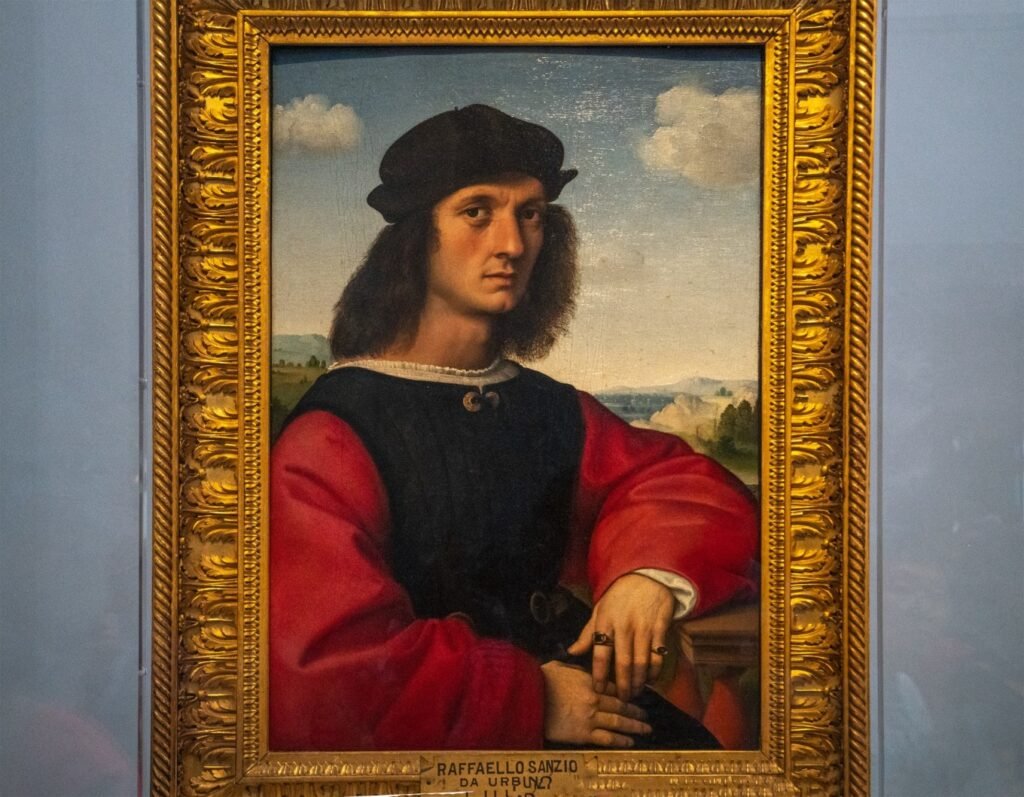Florence, the capital of Tuscany in Italy, is the birthplace of the European Renaissance.By October, Italy has fully entered autumn. During the day, you’ll need a light jacket, and since the Mediterranean autumn and winter tend to be rainy, it’s wise to carry an umbrella—even if the forecast predicts sunshine. You never know when a sudden rainstorm might last for an hour or two. In Florence, narrow eaves on buildings and a lack of large shopping malls make it hard to find shelter from the rain.
When it comes to food, Italy undoubtedly offers some of the best cuisine in Europe, with high-quality seafood, meat, and vegetables. However, northern Italian dishes are noticeably saltier than those in the south. Pasta and many appetizers tend to be heavily salted—not unbearable, but you’ll need plenty of water to balance it out. Among the restaurants I tried, I’d recommend Ristorante La Cupola Steakhouse near the Duomo. Skip the T-bone if you want, as their sliced steaks and fillet options are also highly rated.
For accommodation, I stayed near the tram station in the city center, which I found convenient. Honestly, in Florence, the exact location doesn’t matter too much, as long as it’s central. I don’t have high expectations—cleanliness is my main priority. Most Florence hotels are small, typically with just four or five rooms per floor.
Getting around Florence mostly involves walking, with 20,000 steps a day being quite normal. For women, I recommend bringing comfortable shoes—the cobblestone streets are uneven, making it easy to twist an ankle. If you want nice photos, consider packing a pair of stylish shoes and having your boyfriend carry them in his bag.
To get from the airport to the city center, take the T2 tram. The airport is small, and the tram station is just a five-minute walk from the terminal—just follow the signs. You can buy tickets at the machines on either platform. Simply choose the one with the earliest departure, as both platforms serve the same route, so there’s no risk of getting on the wrong tram. Inside the tram, you’ll find a yellow validation machine—insert your ticket with the blank side up, and it’ll print the boarding time, making it valid for 90 minutes.
Florence isn’t exactly cheap. Although Italy is known for being affordable, Florence’s prices are higher since the entire city is essentially a tourist destination. That said, I had a pleasant stay at Hotel Lombardia, located near the tram station. Their service was excellent—they sent an email in advance to confirm my booking and share information about local attractions and restaurants. The check-in was smooth, thanks to a friendly Italian woman who spoke great English.
One last tip: Just outside Hotel Lombardia, if you turn right, there’s a small convenience store where bottled water is only 1 euro—a bargain compared to the typical 2.5 euros elsewhere. It’s a nice little find!
Theft Prevention
There are fewer pickpockets in Italy than you might imagine, but more than you’re likely to notice. While there’s no need to be overly anxious, it’s important to stay mindful and develop good habits. Personally, I make sure that I can sense my bag either visually or physically at all times. I wear a crossbody bag in front of me and avoid putting valuables inside. My phone, wallet, and passport are always kept in pants pockets with zippers, and I ensure they’re zipped at all times. If I take my phone out, I keep it in my hand and never place it on a table.
It’s a good idea to avoid wearing or carrying anything that screams luxury. I steer clear of expensive-looking backpacks and keep my clothing and accessories simple to avoid drawing unnecessary attention. As a guy traveling solo, it’s easy for me to do this. However, I understand that many women want to dress up for photos. In that case, I suggest wearing a plain jacket or carrying a simple tote bag to cover any designer purse. You can do a quick outfit change when it’s time for photos, prioritizing safety over style.
The goal is to create as many obstacles as possible for potential thieves. If someone else looks like an easier target, you’ll likely stay safer.
From my experience, places like the area around the Duomo and Piazzale Michelangelo feel relatively safe.
Recommended Itinerary for Florence
The must-see attractions are the Duomo (Cathedral of Santa Maria del Fiore), the Uffizi Gallery, and Piazzale Michelangelo. These landmarks are essential for any trip to Florence.
I also highly recommend climbing the tower of Palazzo Vecchio—the views from the top are absolutely worth it. The Pitti Palace is another gem, housing a vast collection of art from the Medici family, along with pieces acquired during the French occupation under Napoleon.
If you have extra time, consider visiting the Bargello Museum, the Accademia Gallery, and Santa Croce Basilica. However, these can be skipped if your schedule is tight. A noteworthy mention is the Accademia Gallery, home to Michelangelo’s David. While it’s certainly impressive, much of the other artwork—largely religious pieces from the Renaissance—can be seen in other museums and churches, with similar themes and styles. If you’re not deeply into art history, you might find some of these works repetitive.
One crucial tip: book tickets in advance for major attractions like the Duomo, Uffizi Gallery, and Accademia Gallery. While you can often buy tickets on-site, many of them require entry at specific time slots, often down to 15-minute windows. Queuing is also common if you buy tickets on the spot. This might be the rare moment when Italians show exceptional punctuality!
To buy tickets, it’s best to visit the official websites of the attractions. If tickets appear sold out on the official site, try booking through third-party platforms like Trips or GetYourGuide. I bought my Accademia ticket through Trips after the official site showed no availability, and it worked perfectly.
Santa Maria del Fiore (The Duomo)
I bought the Giotto Pass, which includes four tickets but only covers access to Giotto’s Bell Tower. The most comprehensive option is the Dome Pass, which provides access to the dome climb, Giotto’s Bell Tower, the museum, the baptistery, and the crypt.
In my opinion, the real highlight of the Duomo is the exterior view of the dome, so I decided to skip the Dome Pass. The main appeal of the dome ticket is the chance to admire the frescoes up close while climbing. However, it’s not for everyone—climbing the dome requires decent stamina. Giotto’s Bell Tower has around 440 steps, while the dome has slightly more, over 460 steps. That’s the equivalent of about 30 stories, so it’s important to know your limits.

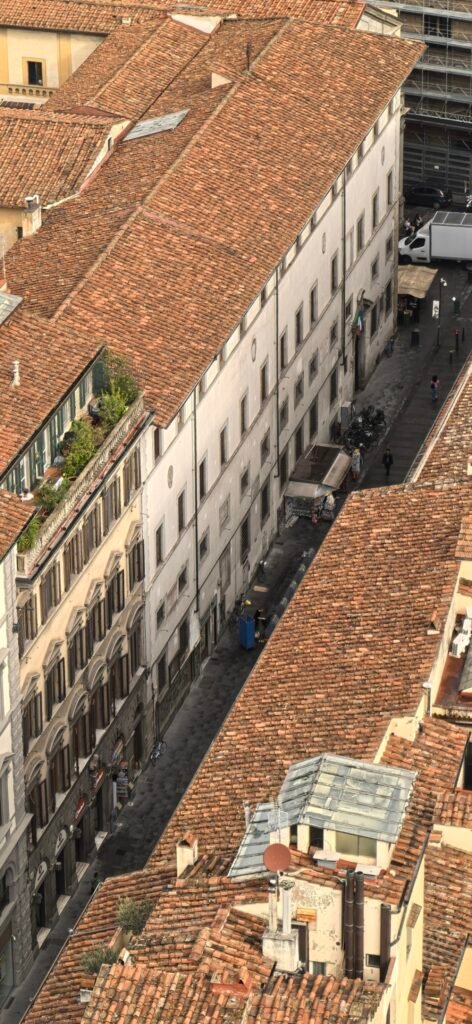
Piazzale Michelangelo
Only those who have been to Piazzale Michelangelo understand the joy it offers—listening to street musicians, witnessing couples in love taking wedding photos, and feeling the warmth of blessings from people around the world. After sunset, the square turns into a lively celebration with strangers coming together to enjoy the moment.
The first time I went to Piazzale Michelangelo, I arrived at 4:30 p.m. A man was already playing electric guitar, and both the square and the steps were filling up with people. Since I had plenty of time, I decided to stay until the 7 p.m. sunset. I even ran into a foreign couple dressed in a tuxedo and wedding gown, capturing their special moments.
The weather that day was unpredictable—sunny at times, but with rain showers. Around 6 p.m., just before sunset, a sudden downpour scattered many of the visitors. But as I watched the clouds part in the distance, I believed the sunset would be worth the wait, so I stayed. And it was.


Uffizi Gallery
It’s almost impossible to visit Florence without stopping by the Uffizi Gallery. The artworks inside are best experienced in person, allowing you to connect with the masterpieces firsthand.
The Uffizi requires timed entry based on your ticket, so it’s important to enter at the time indicated. Even with a ticket, you’ll still need to queue. For example, if you have a 2 p.m. ticket, the museum will set up signs before that time to organize the queue. When it’s time to enter, they’ll let people in, but don’t worry if you’re slightly delayed—the line will likely be long, so just join the back of the longest queue near Entrance 1.
There are two lines at the entrance: one for the current time slot and another for visitors scheduled to enter 15 minutes later. Signs are posted at the point where the lines split, so just follow the crowd and the signs. The same queuing system is also used at the Accademia Gallery, so the process will feel familiar if you visit both.
The Uffizi Gallery is known for its collection of paintings and features many famous works by renowned artists. Some say it’s a must-visit for art lovers. The Accademia Gallery houses the original Michelangelo’s David. If you don’t make it to the Accademia Gallery, you can still see a replica of David in Piazza della Signoria.

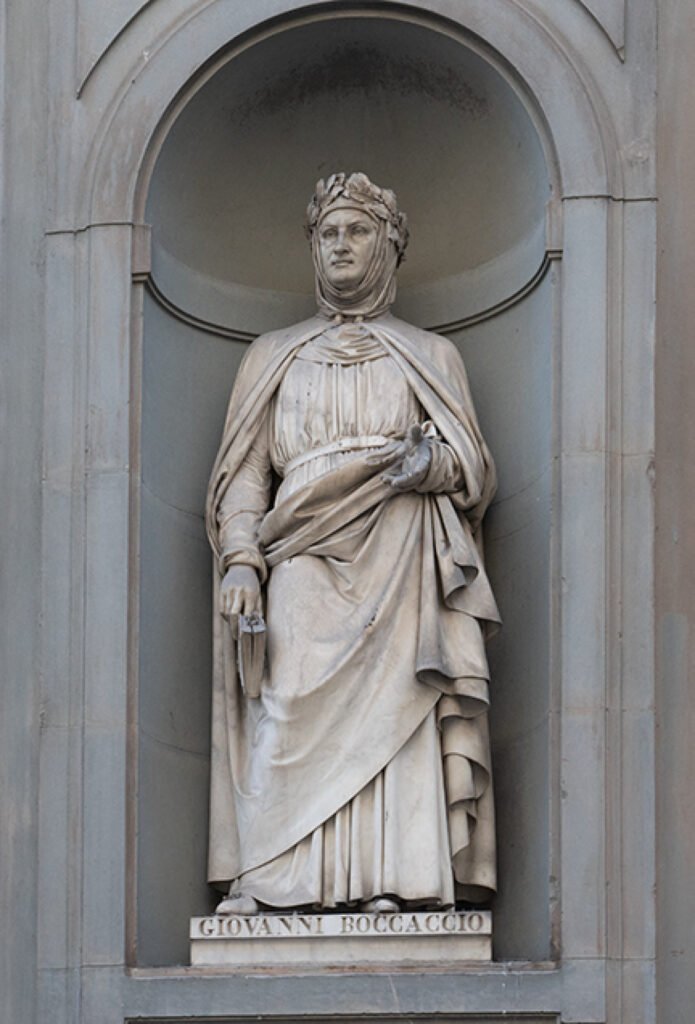
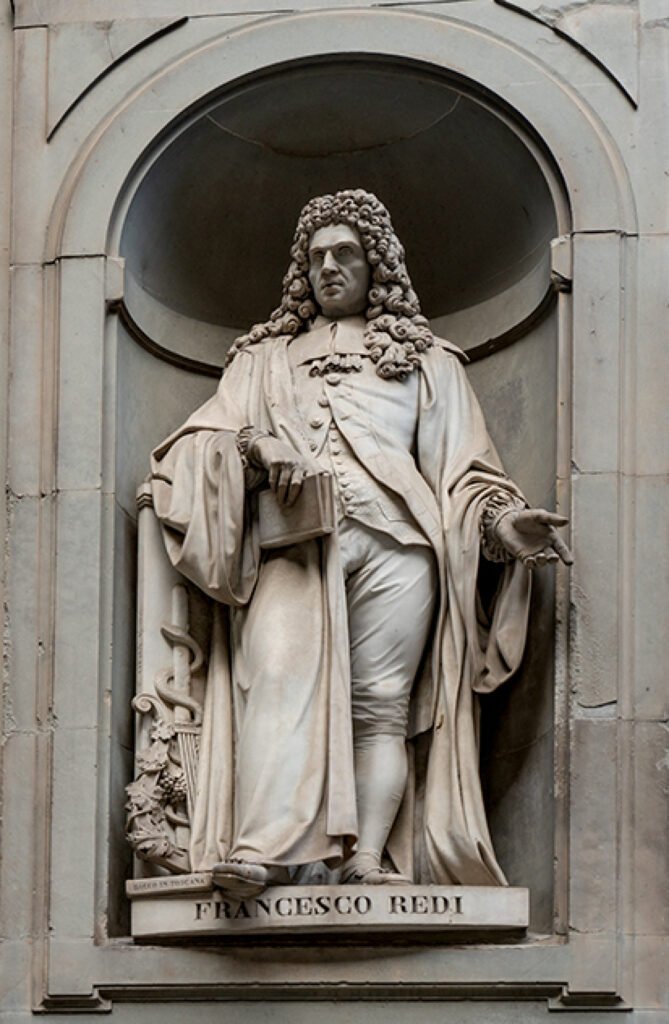
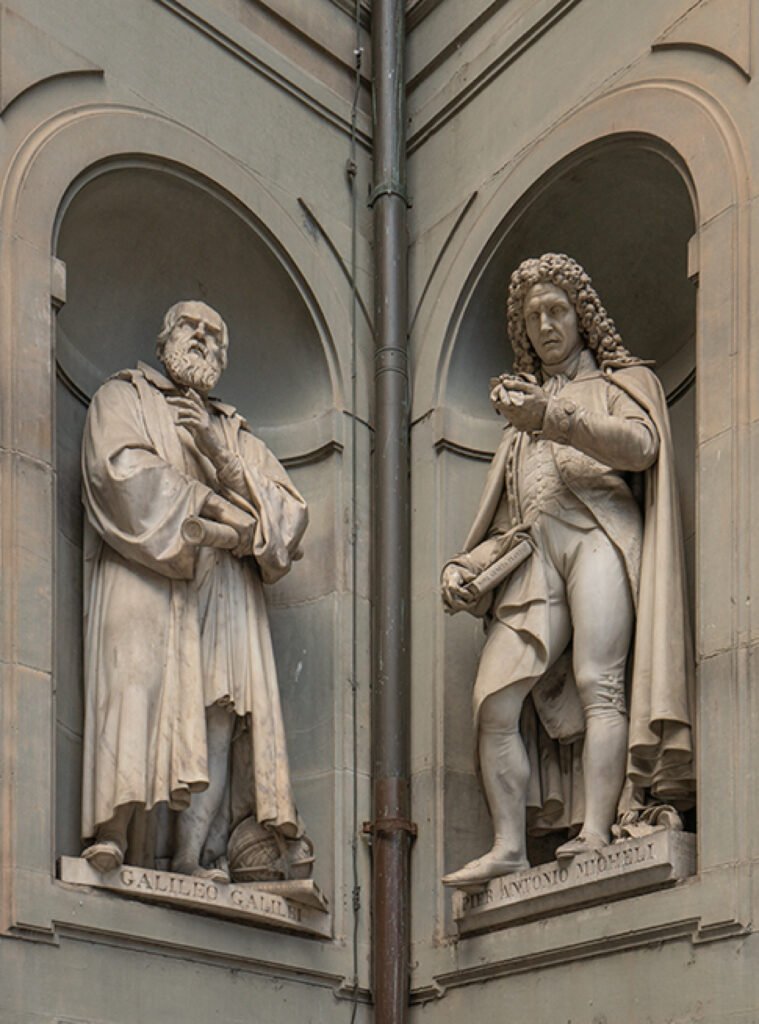

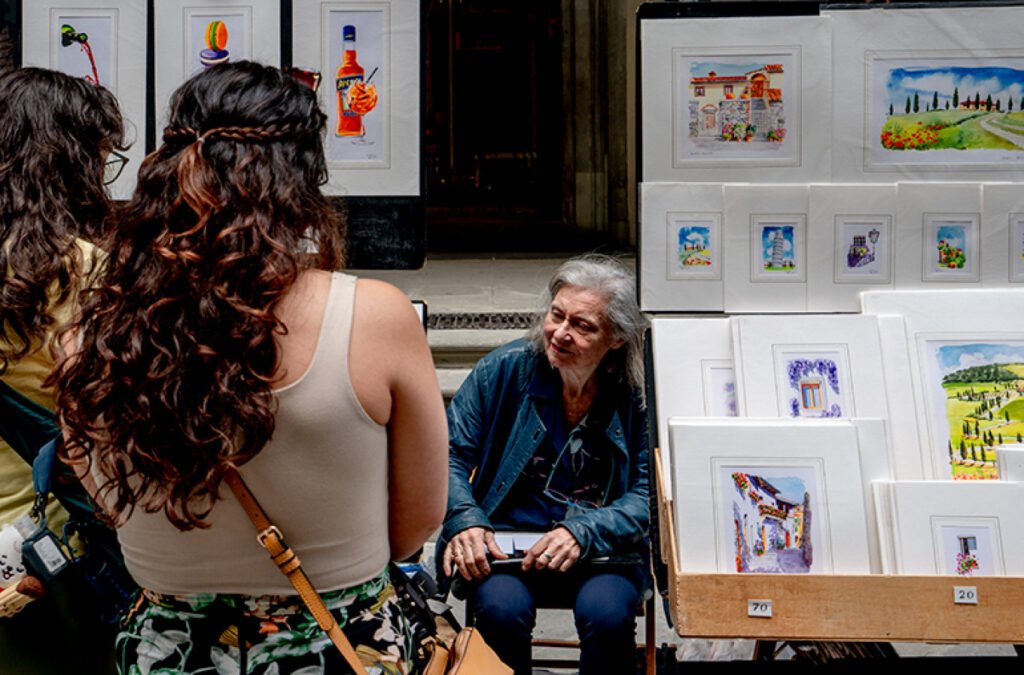
The Uffizi Gallery houses an impressive collection of art.
The museum has 46 galleries spread across three floors, showcasing around 100,000 pieces, including paintings, sculptures, and ceramics. The collection primarily features works amassed by the Medici family, with masterpieces from the 13th to 18th centuries, including Italian, Flemish, German, and French schools. The exhibits are arranged chronologically and by style.
On the second floor, you’ll find a collection of sketches and prints by artists like Leonardo and Michelangelo. The third floor is dedicated to painting, with galleries such as “Giotto di Bondone and 13th Century Paintings,” “International Gothic Art,” “Sandro Botticelli,” “Leonardo da Vinci,” and “Caravaggio.”


